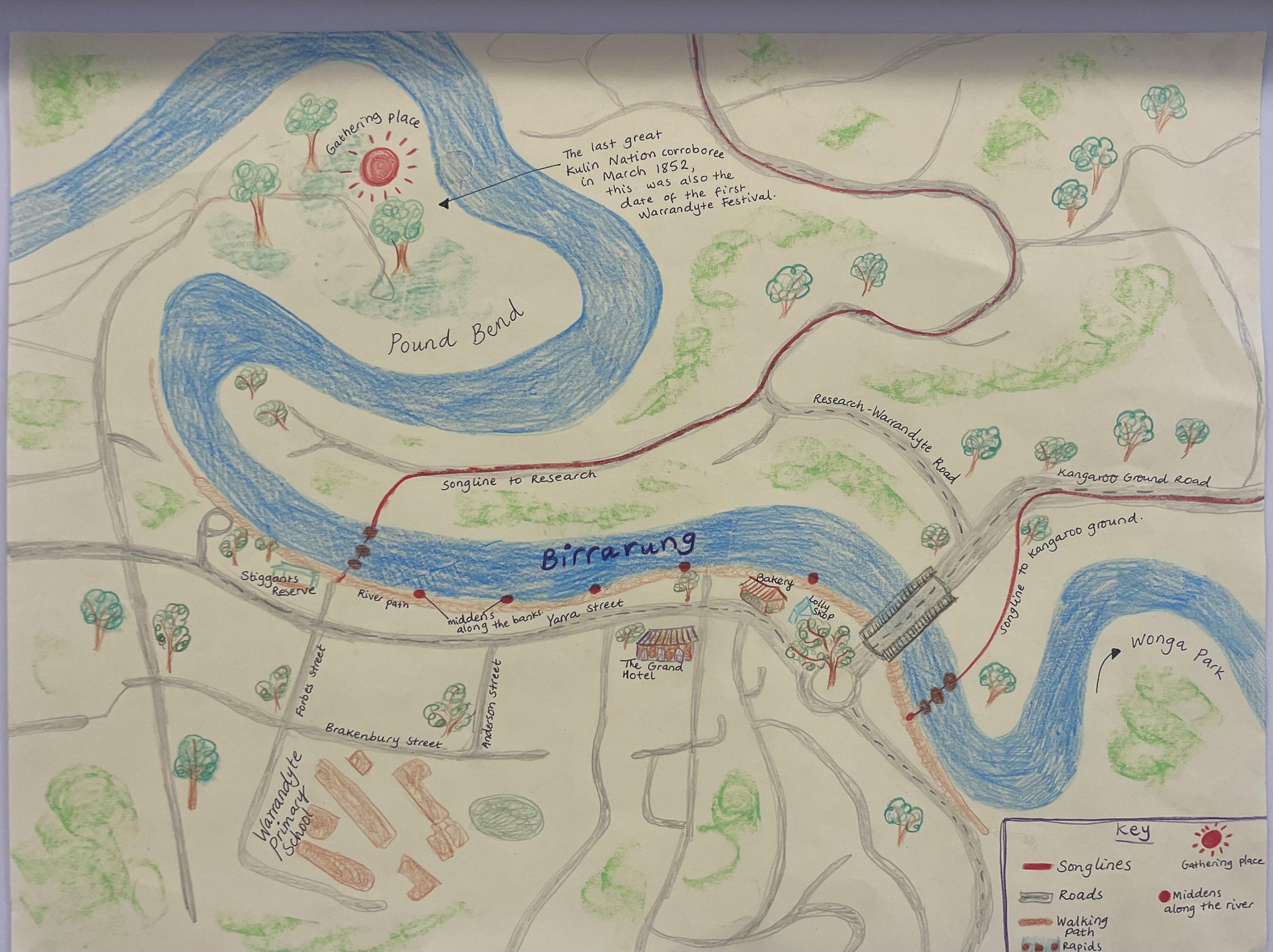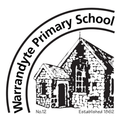Indigenous News

Naidoc Week at WPS
The start of Term 3 was kicked off with Naidoc week which was followed by a special Naidoc Assembly to celebrate the work done and the importance of Indigenous culture in our school and community.
The students read the book, 'Wilam, A Birrarung Story', written by Aunty Jo & Andrew Kelly with illustrations by Lisa Kennedy. The students then completed a writing piece about an elder in their life that they respected and looked up to. Some examples of the work done by our students are below.
Marngrook @ WPS
Our grade 6's participated in a Marngrook workshop last week and were taught the rules before having a go themselves. We are currently trying to source 2 Marngrook balls so our senior and junior students will be able to borrow them at lunchtime to play.
What is Marngrook?
The marn-grook or ‘game of ball’ was played by some Aboriginal groups in Victoria. The men and boys would joyfully assemble when the game was to be played. The ball was often made of twine formed using the twisted hair of the possum. It was of a good size, somewhat elastic but firm and light. Some people believe that the game of marn-grook influenced the development of Australian rules football.
Game play and basic rules - adapted for younger players
The ball is dropped and kicked high into the air using the instep of the foot. Players then attempt to secure the ball. The player who takes possession of the ball kicks it in the air and again a scramble for the ball ensues. Players may not dive on the ball on the ground to secure it and must try to avoid physical contact as much as possible. It is usual for the players to attempt to catch the ball, but if it is knocked or dropped to the ground by players it is still in play.
Marngrook Footy - Behind The News (abc.net.au)
Gambay: a map of Australia’s first languages
First Languages Australia in partnership with local language centres across Australia have developed an interactive map to display and promote the diversity of Aboriginal and Torres Strait Islander languages. The map, titled Gambay, translates to "together" in the Butchulla language of the Hervey Bay region in Queensland.
Gambay showcases over 780 languages, using data contributed by regional language centres and programs working directly with language communities around Australia.
Find out more about the map on Gambay website. Teachers’ notes are also available to use with the map compiled to assist teaching about Australia’s first languages across the curriculum.
Click on the link to access this interactive map.
https://www.abc.net.au/indigenous/gambay-languages-map
